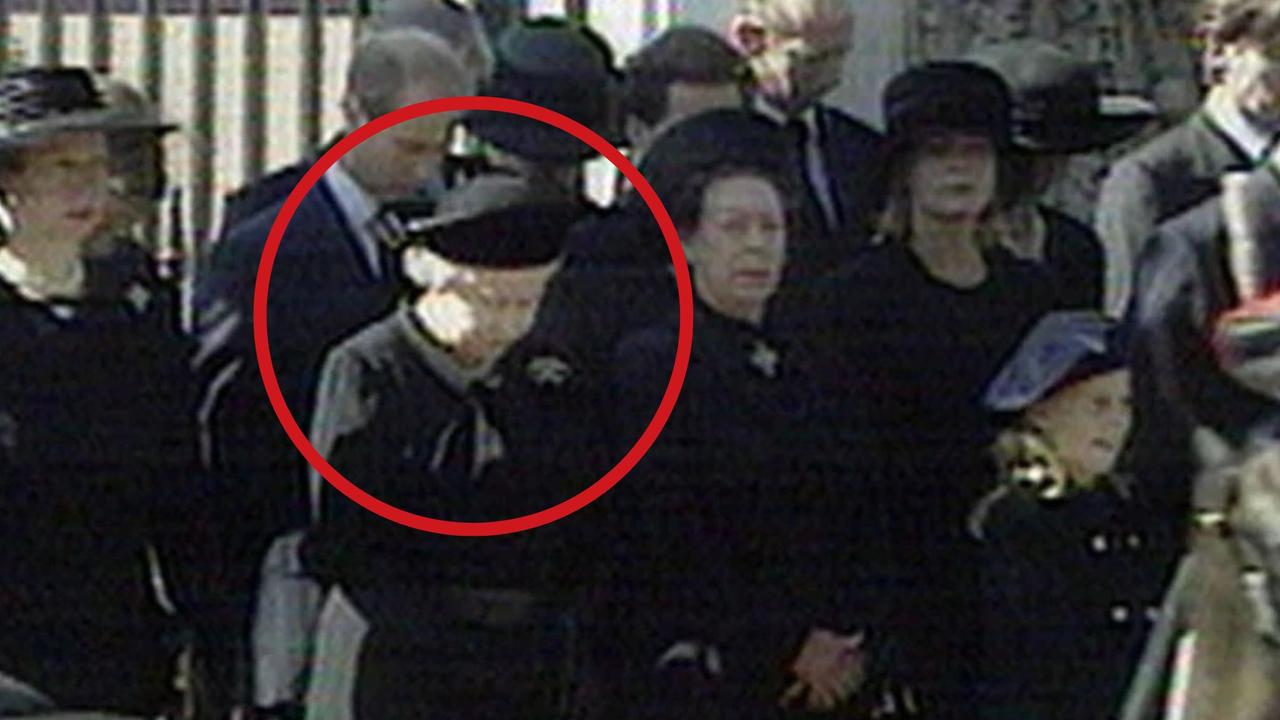For Diana, Queen Elizabeth II broke one of the British monarchy's most untouchable taboss.

For Diana, Queen Elizabeth II broke one of the British monarchy's most untouchable taboos.
In 1997, Diana’s death in a tragic car crash sent shockwaves across the globe. Britain plunged into mourning, but the royal family remained silent. Even her two sons — Princes William and Harry — made no immediate public statement. The palace’s coldness outraged the nation. Crowds gathered outside Buckingham Palace, demanding a response.
For days, the monarchy’s popularity plummeted to an unprecedented low.
Finally, under immense public pressure, Queen Elizabeth II did something she rarely did: she broke her silence. Appearing on live television, the Queen spoke not as a sovereign, but as a grieving grandmother, offering heartfelt condolences and acknowledging the immense loss Diana represented to the nation.
But she didn’t stop there.
full video
In a remarkable departure from protocol, she allowed Diana to be buried with the title of Princess, despite Diana having lost her royal status after her divorce from Prince Charles. It was a belated but powerful act of respect and recognition for the “People’s Princess.”
Then came the most unforgettable moment of all.
As Diana’s coffin slowly passed by during the funeral procession, the Queen did something no British monarch had done in living memory: she bowed her head.
That simple, silent gesture — the sovereign bowing before someone who had once been shunned by the very institution she represented — shattered centuries of royal tradition. It was a sign of humility, respect, and perhaps, regret.
For the British people, it was the moment the monarchy felt human.




